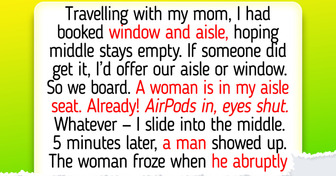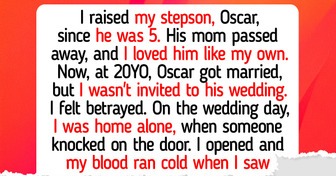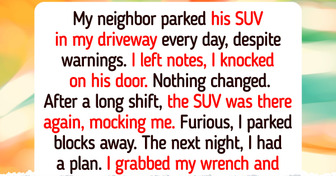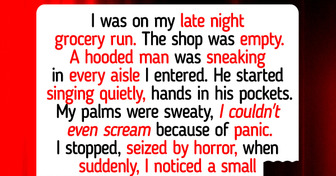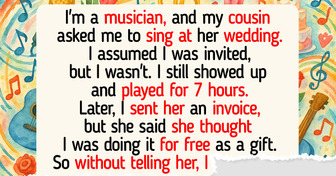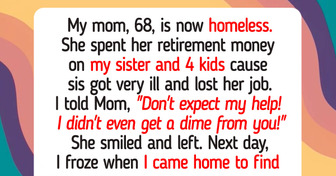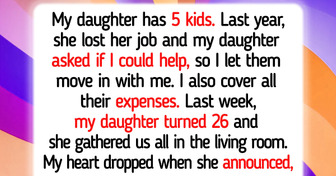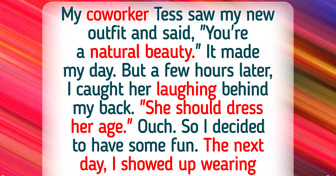My Sister Swears She’ll Move Out Soon, but I Feel Like I’m Being Played

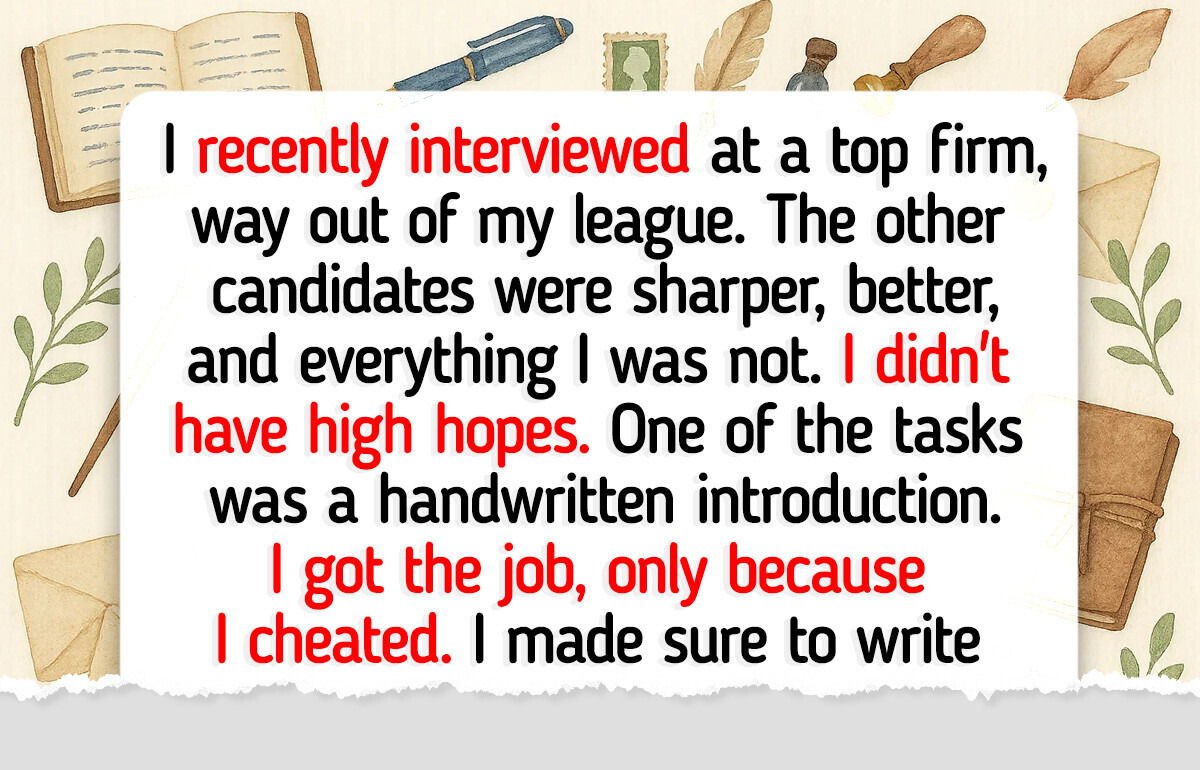
Many movie or TV plots often have a climax where they catch the bad guy, using nothing more than handwriting comparison. But does your handwriting actually reveal things about you? The art of studying handwriting, graphology, certainly thinks so.
Experts can read your handwriting and get an insight into your personality. So let’s flip the script, and learn how you could use your handwriting to score a top-notch job, or blow people away.
As per Annette Poizner, a certified graphologist, handwriting is analyzed to gain a deeper understanding of a person’s behavior, motivations, or personality. From the ink trail you leave to the slant of your writing, everything leaves clues about you, especially for the experts. She claims graphologists can predict the following things from your handwriting:
Graphologists tend to read your handwriting based on simple parameters like the pen pressure on paper, the slant of your letters, the upward and downward loops in your letters, as well as the size and shape of them. The spacing of your letters also offers further clues.
It all began in the 17th century, when Italian physician Camillo Baldi published the first known book on the subject. It was much later when Jean-Hippolyte Michon coined the term graphology. Ludwig Klages is credited with developing it into more of a systematic science.
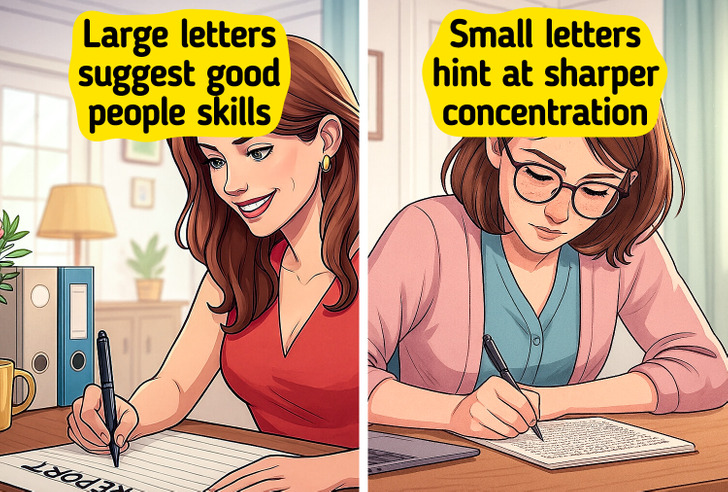


Signatures are highly personal and a little different to analyze than handwriting.
That being said, what comes into play here is how many times in the course of a normal day does a person need to sign something? People who regularly sign documents tend to develop a quick and simple signature.
There are times when job interviews add in a handwritten task, or give you what seems to be a frivolous form to fill, when they already have all your information on a digital file. The idea behind this is for them to use a graphologist or handwriting expert to further help them find the perfect candidate for the job.
For example, someone who writes a fast cursive is often thought to be great at communication, so may be the perfect fit for interpersonal, sales, and marketing jobs. On the other hand, someone who writes with small letters may be more methodical, and more suited to a creative, think tank position.
Of course, all these tests do not surpass your qualifications, but in case you are heading for a job interview for a particular position, it may help to know the kind of handwriting the experts are looking for to ensure you cinch it.

One of our readers, Rachel Schwann, had an interesting anecdote to share with us:
I recently interviewed at a top firm, way out of my league. The other candidates were sharper, better, and everything I was not, or at least that’s how it seemed to me. I didn’t have high hopes of landing the position. In the final stage of the interview, one of the tasks was to copy a passage onto paper. Somehow, I got the job. Because, I cheated.
Let me explain: I had taken a small course on graphology. The post I was applying for was for a think tank position. I made sure to write in small letters and perfectly spaced my words.
This indicated that I was methodical, had high concentration and organizational skills, and was comfortable working in an isolated scenario too. I was all that, but I made sure my handwriting reflected it as well. I was aware that any writing task meant that they had a handwriting expert onboard, so I simply used it to my advantage.
For now, a lack of comprehensive testing means handwriting is not yet an established science. Many experts do use it, and it has seen use in forensic investigation as well.
Other factors like health and mental issues can change your handwriting as well, so you can certainly use it as a guideline. But for now, it’s more of a theory than a proven fact.
Whether handwriting analysis is a true science or not, research says writing something by hand tends to improve cognitive ability and help people with dementia. That is reason enough to write, right?

